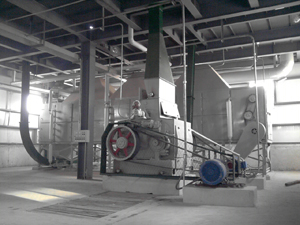
As global demand for high-quality vegetable oils rises—especially in emerging markets like Southeast Asia and the Middle East—oilseed processors are turning to advanced extraction technologies. The shift from traditional mechanical pressing to solvent-based systems is no longer just an option—it’s a strategic necessity.
In today’s competitive landscape, efficiency isn’t optional—it’s survival. A well-implemented soybean oil extraction machine can increase yield by up to 12–15% compared to conventional methods, while reducing energy consumption by 20–25%. These aren't theoretical gains—they’re backed by real-world installations across diverse climates and production scales.
| Process Type | Avg. Oil Yield (%) | Energy Use (kWh/kg oil) | Automation Level |
|---|---|---|---|
| Traditional Mechanical Press | 78–82% | 3.2–3.8 | Low |
| Modern Solvent Extraction | 90–94% | 2.4–2.8 | High |
“After installing our automated soybean oil extractor, we saw a 14% jump in daily output and a 22% drop in electricity costs within six months.”
— Mr. Rajiv Mehta, Operations Director, AgroTech Solutions Pvt. Ltd., India
In Vietnam, a mid-sized oil mill using outdated press technology struggled with inconsistent yields and frequent downtime. After switching to a modular solvent extraction system, they achieved consistent daily throughput of 8 tons of refined soybean oil—with zero manual intervention beyond routine checks. Similarly, a premium olive-oil producer in Italy adopted hybrid mechanical-solvent processing to meet EU purity standards, resulting in a 96% oil recovery rate and faster batch turnover.
These aren’t isolated cases. According to a 2023 report by Food Processing International, over 68% of new edible oil plants in developing regions now prioritize solvent extraction systems due to their proven ROI—typically under 18 months when operating at full capacity.

The future of oil extraction lies in intelligent automation and eco-conscious design. Emerging trends include IoT-enabled monitoring for predictive maintenance, biodegradable solvents that reduce environmental impact, and modular units tailored for small-scale operators in Africa and Latin America. For global manufacturers, this means not only higher margins but also stronger compliance with ESG goals—a growing requirement among European and North American buyers.
If you're ready to upgrade your oil production process with equipment trusted by thousands worldwide, it's time to move beyond theory—and into action.
Unlock Your Plant’s Efficiency Potential Today

